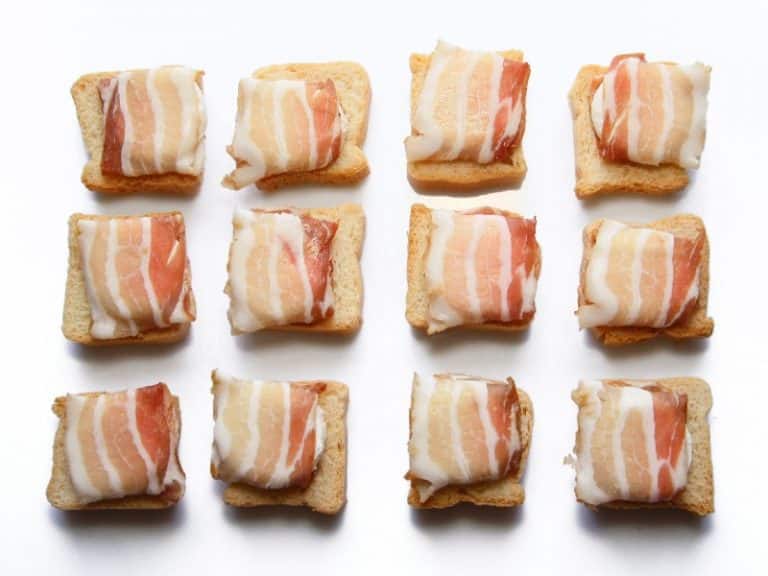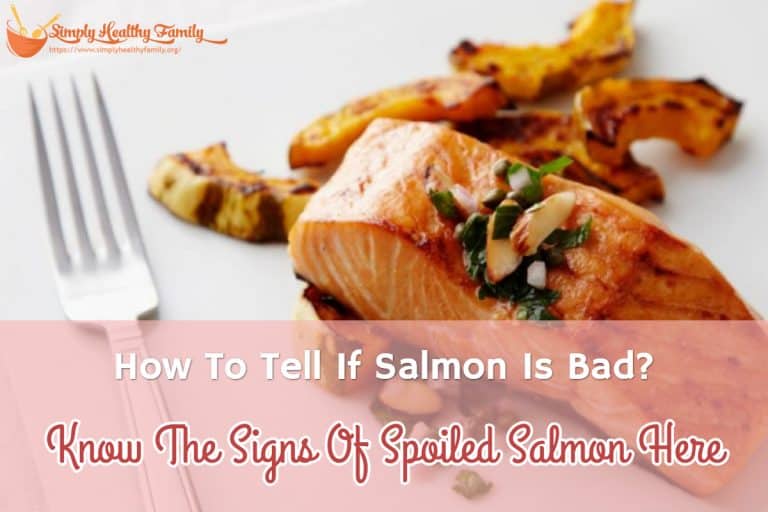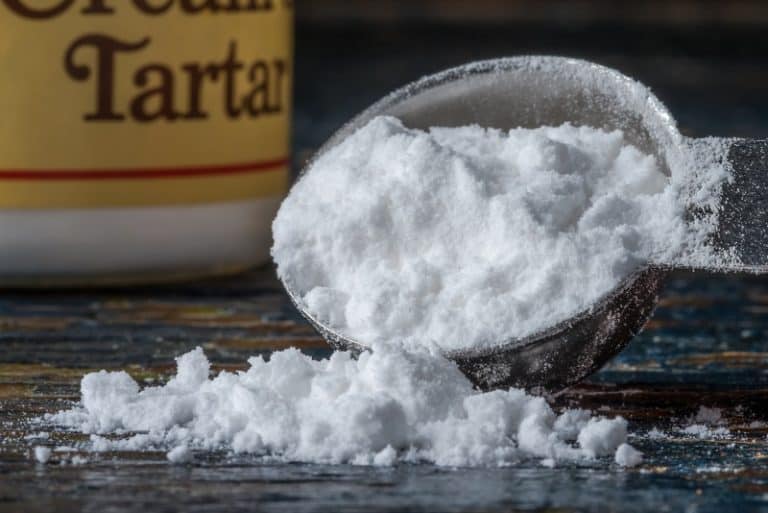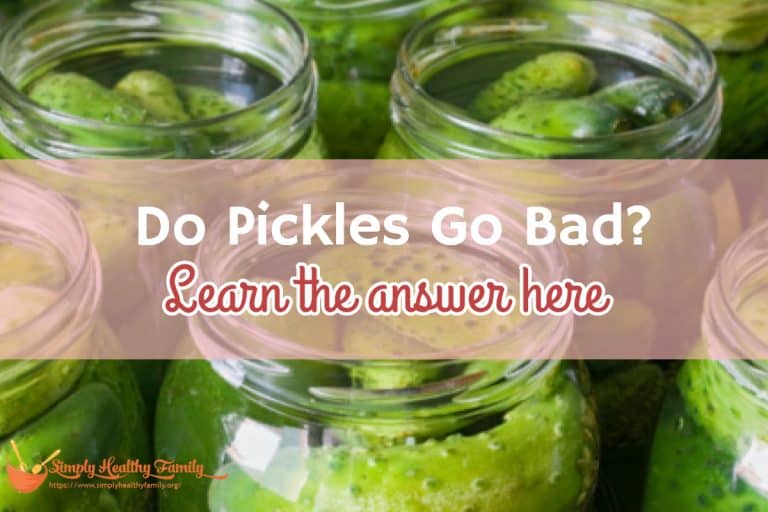How To Tell When A Honeydew Melon Is Ripe
Knowing how to tell when a honeydew melon is ripe can be tricky, especially for those who are not very familiar with this fruit. Being able to tell if it is ripe, though, will let you enjoy your honeydew melon, also known as a temptation melon, at its best.
Whether you have bought one from the market and you are waiting for it to ripen, or planning to look for a ready to eat honeydew melon and want to buy a ripe one, it is best to know what you should look out for.
What are honeydew melons?
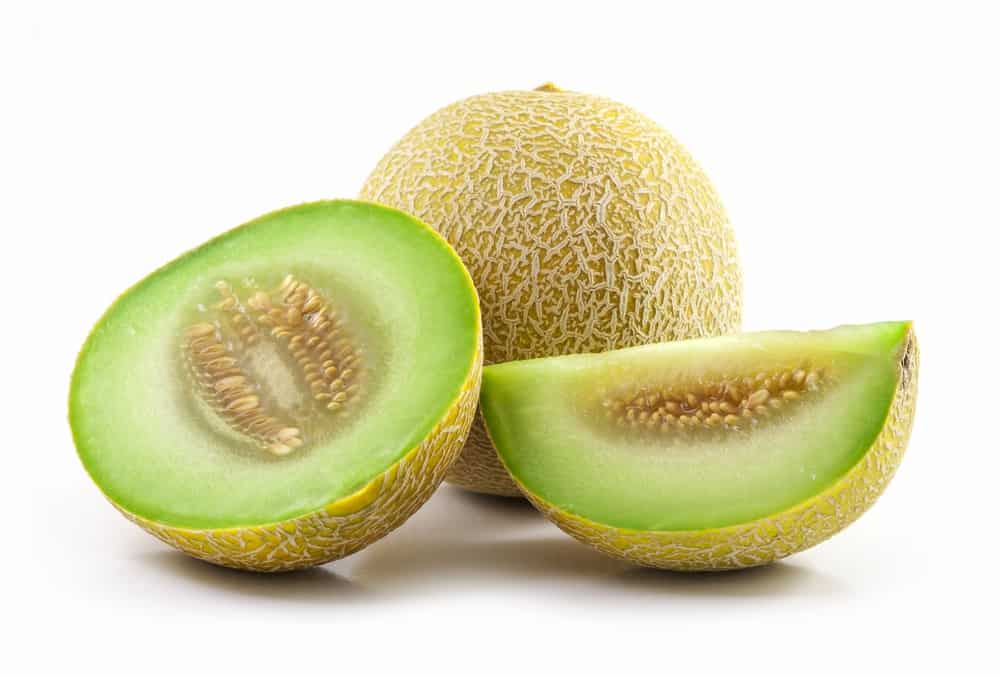
Honeydew melons is a gourd just like squashes and cucumbers. However, unlike these other gourds, honeydew melons are classified as fruits rather than vegetables.
It is believed that honeydew melons have been grown for more than 4000 years now, originating from middle eastern countries before allegedly being brought over by European explorers not only into Europe but also into the United States. These days, the main producers of honeydew melons are the US, China and Turkey.
Among all melons, honeydew melons are the sweetest variety, which basically accounts for it being dubbed as the temptation melon. These honeydews usually require a lot of sun and a lot of heat during propagation for better honeydew melon produce.
Once immature honeydews are removed from the vines, they will no longer ripen, which makes it very important to wait for it to mature fully before removing and harvesting it from the vine. Honeydew melons are sold as matured fruits but usually before they are ripe, to give them time to be transported and sold in the market.
While these fruits can be grown and purchased all year round, the best produce are usually the ones produced between June until October, mostly to optimum conditions of the summer months, making them a lot sweeter and tastier.
Nutritious Benefits of a Honeydew Melon
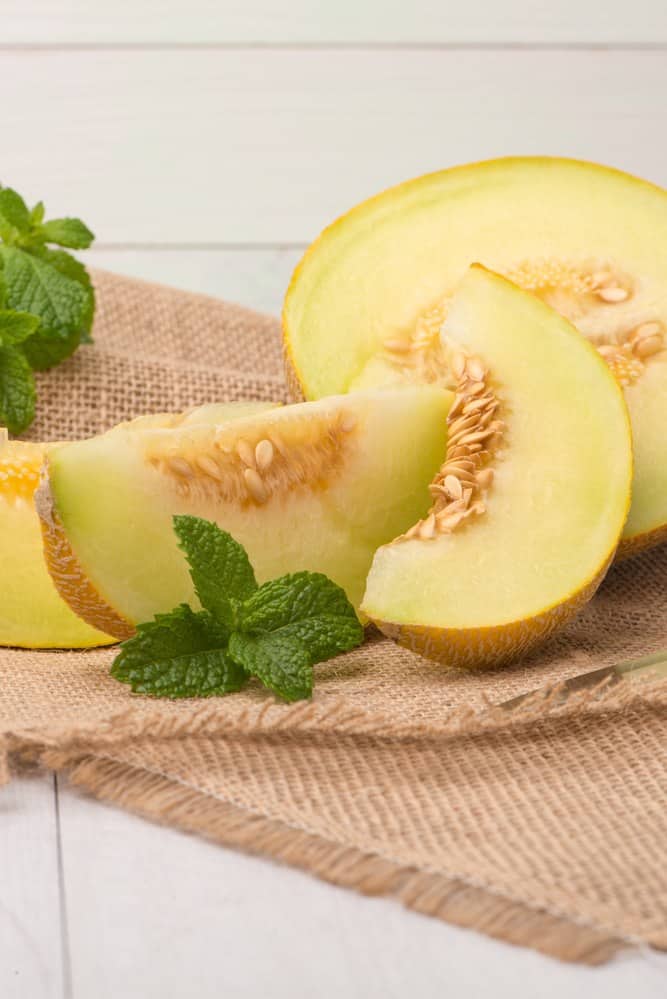
Honeydew melons are absolutely refreshing and hydrating especially on hot summer days. Not only are they refreshing, they are also sweet enough to satisfy your cravings for sweets.
It can also alleviate your worries calorie-wise since they are very low in calories and are a superb source of so many healthy benefits like iron, vitamin Bs and other essential nutrients.
Related Reading: 8 Healthy Fruit And Vegetable Smoothie Recipes
Contains Potassium or Vitamin K
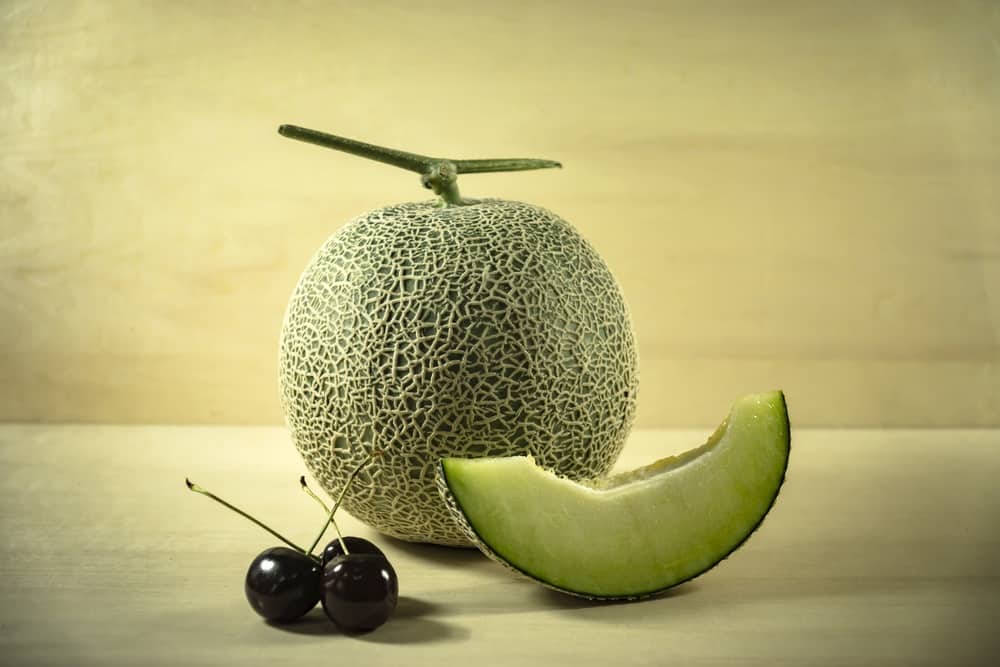
Honeydew melons are a wealthy source of vitamin K or potassium. By eating one cup of fresh honeydew melons, you get to consume 20% of the recommended dose of vitamin K for the day.
The heart, as well as other muscle tissues, nerves, arteries and blood vessels all are all very reliant in the presence of Vitamin K in order to function normally. It is capable of carrying an electrical charge that stimulates and regulates muscle contractions, as well as promote communication between nerves.
Vitamin K or Potassium basically keep our hearts beating every single day as well as, the conditions of our vessel’s walls. By adding and having enough vitamin K in your diet, you get to prevent high blood pressure and hypertension from developing.
Good Source of Vitamin B6
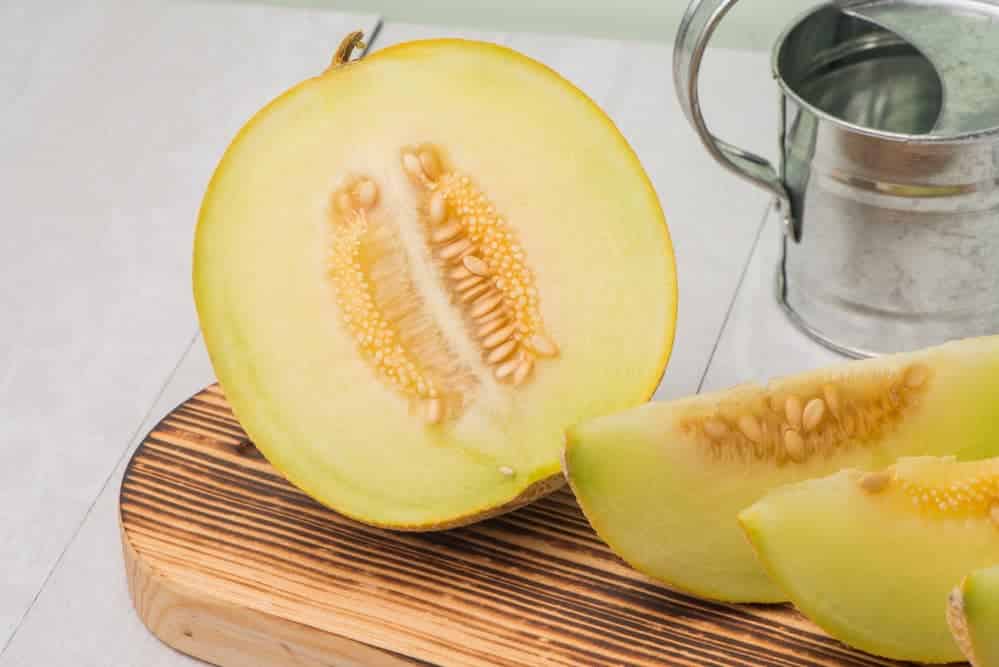
You can get more ten percent of your daily requirement of the B vitamins, especially B6, simply by eating a cup of fresh honeydew melons.
Similar to other forms of B vitamins, vitamin B6 works as a co-enzyme, which basically entails that it must be present in order for enzymes to trigger chemical processes. Vitamin B6 is utilized by more than a hundred different enzymes, most of which are metabolized by protein.
This vitamin is also a requirement for the production of serotonin which is a hormone produced by the brain, known as a happy hormone which regulates our moods, while also helping to regulate sleep patterns.
It is necessary in the conversion of amino acids and homocysteine into different forms of beneficial substances. An increased risk of cardiovascular diseases are often associated with high levels of homocysteine so conversion of this substance is very important.
A Rich Source of Vitamin C
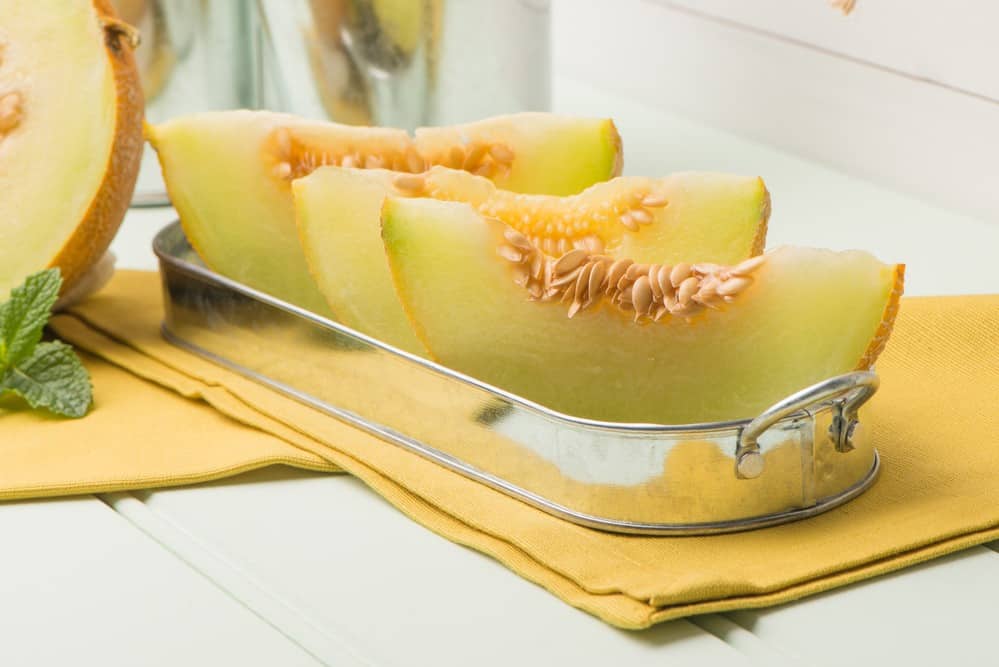
Just by eating a cup of fresh honeydew melons, you will be able to get more than a third of your daily requirement of vitamin C. Despite the fact that normal processes create byproducts like free radicals, they can often harm our cells if they are not neutralized by natural inhibitors commonly known as antioxidants.
Cells can be damaged by these free radicals, and can become inflamed causing illnesses and diseases like cancer in the long run if they are not controlled.
The white blood cells (WBC) in our bodies, for instance, releases substances that are aimed to kill a bacterium. Similarly, these substances can also harm the WBCs themselves unless you have vitamin C in your body to neutralize these toxins.
Each vitamin and nutrient we have in our bodies act to counteract and neutralize one another. Your body conjointly wants vitamin C for the synthesis of albuminoid otherwise known as collagen, that is employed to support blood vessels, ligaments and skin.
Good Source of Fiber
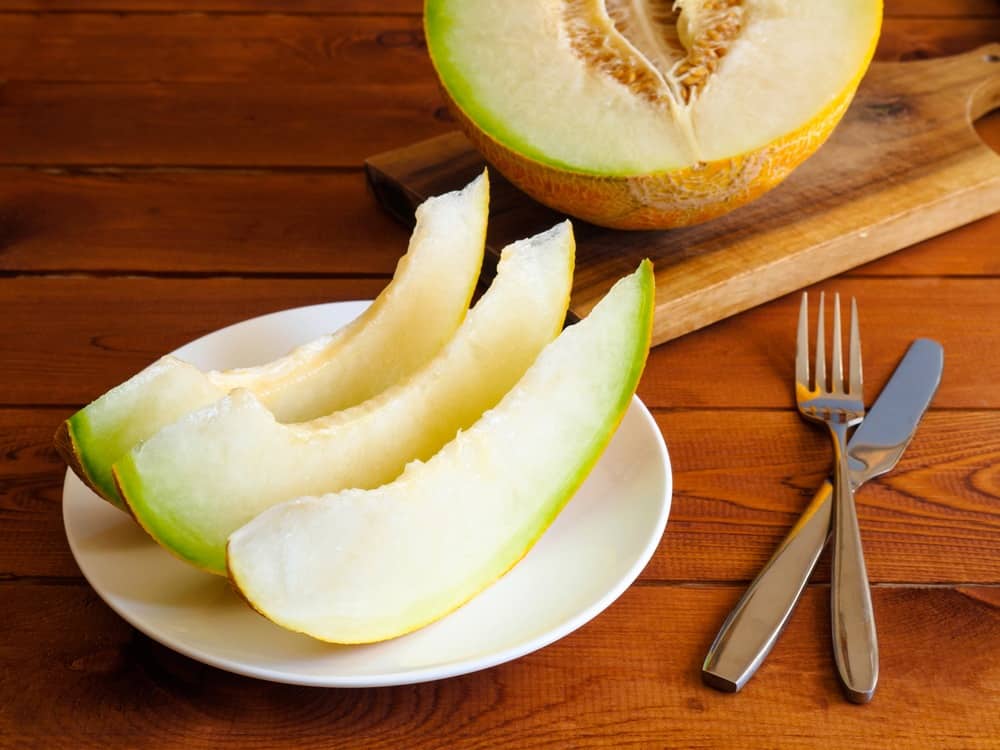
Honeydew melons contain high amounts of both soluble and insoluble fibers. Soluble fibers are very important in keeping blood sugar proportionate by moderating the absorption of carbohydrates into our bodies, while also lowering cholesterol levels by flushing out the excess amounts of fat out of our bodies.
Unlike soluble fibers, insoluble fibers mainly function as transporters in the digestive track. They ensure that food wastes are regularly excreted, resulting to a more regular bowel movement and lower chances of constipation, and ultimately, colon cancer.
How to tell when a honeydew melon is ripe?
A perfectly ripened honeydew melon would typically taste sweet with a hint of honey flavor, while sort of creamy at the same time. It will also have a very juicy flavor just like regular melons. An under-ripened honeydew melon, on the other hand, would taste quite bland, lacking the juiciness and honey-like taste of a ripe honeydew melon.
As I have mentioned earlier in the article, once immature honeydews are removed from the vines, they will no longer ripen. Matured melons give off signs to tell you that they are ripe and ready to be eaten. It can be a change that you can see from its physical appearance, a change in texture and feel, but also a change with the way it smells.
Matured honeydew melons, on the other hand, continue to ripen and get sweeter in the days subsequent to harvesting. Though this is not the same for honeydew melons that were ripened on the vine. You will notice that the stem is slightly deeper and hardened for those that were ripened while still attached to the vine.
Ripe honeydew melons are rounded in shape and are also symmetric. The thick skin should have a waxy appearance with a consistent creamy color that is ranging from yellow to white. Steer away from honeydews with any patches of green on the skin, because this is an indication that it was not fully mature when picked.
- Go for the honeydew melon that is relatively heavy for its size.
- You should check for spots that are soft and discolored because these are bruises indicative of rough handling.
- The top of the honeydew melon also provide clues to both the ripeness and maturity of the fruit. If it has a fresh and sweet-smelling scent near the stem then it means it is ripe. Keep in mind that the more fragrant the scent is, the sweeter your honeydew melon is likely to be.
- Check the bottom of your fruit, the one directly opposite the stem. Press it gently and if it yields and spring back, you will know that your honeydew melon is ripe. Also run your hands over the skin of your fruit, you should notice some wrinkling which you may find it hard to notice that by looking at the fruit, the change in texture can be felt with your hands.
Guide to Buying a Honeydew Melon
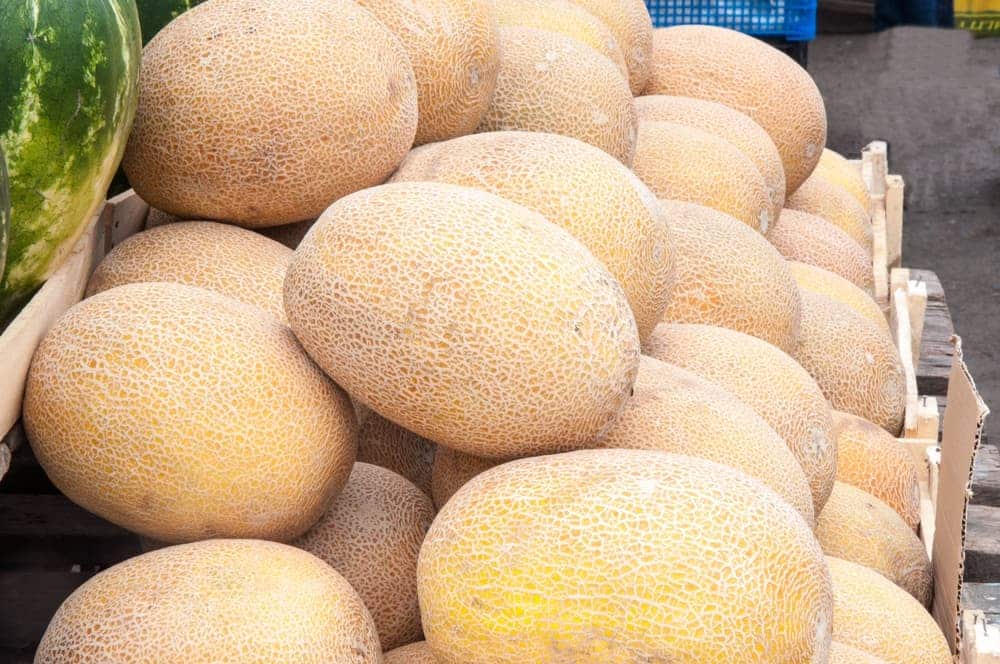
Honeydew melons are absolutely refreshing and are very healthy. They make great hydrating fruits and are available all year round. Choose the ones that are superior in quality to truly appreciate this awesome fruit. Share with your friends if you have found this article useful.

